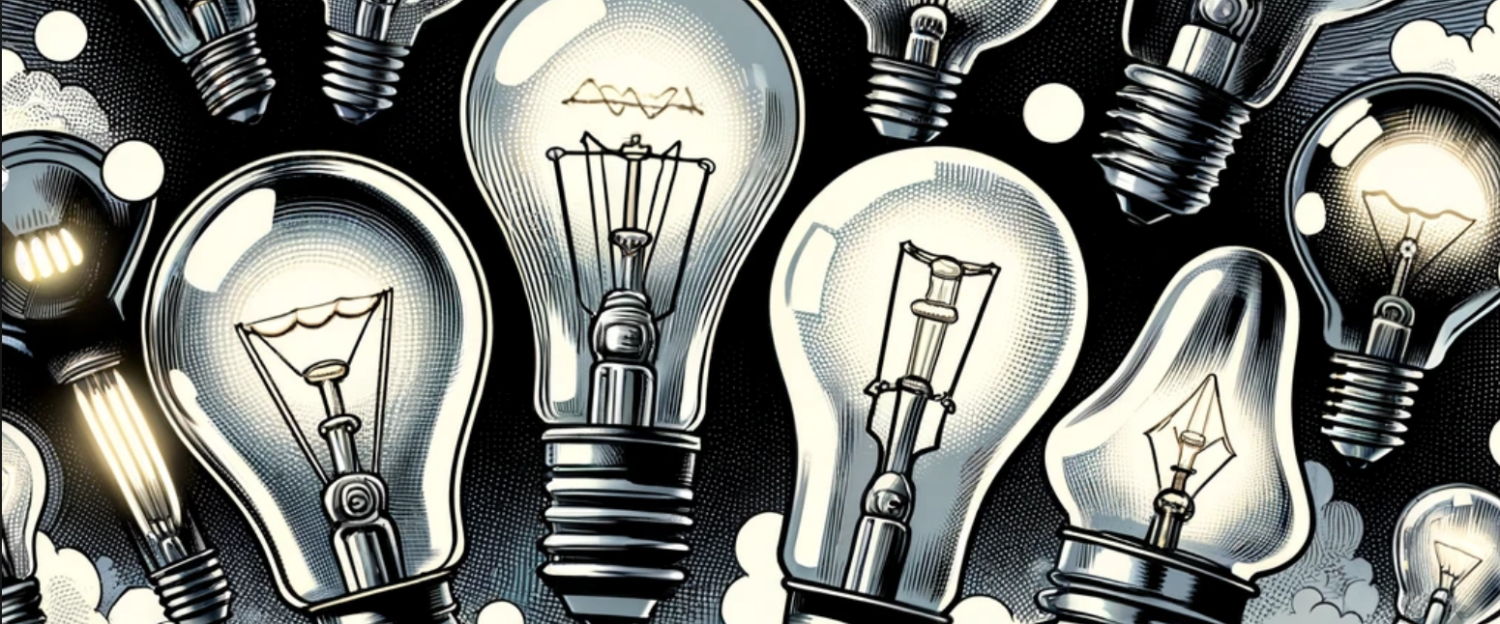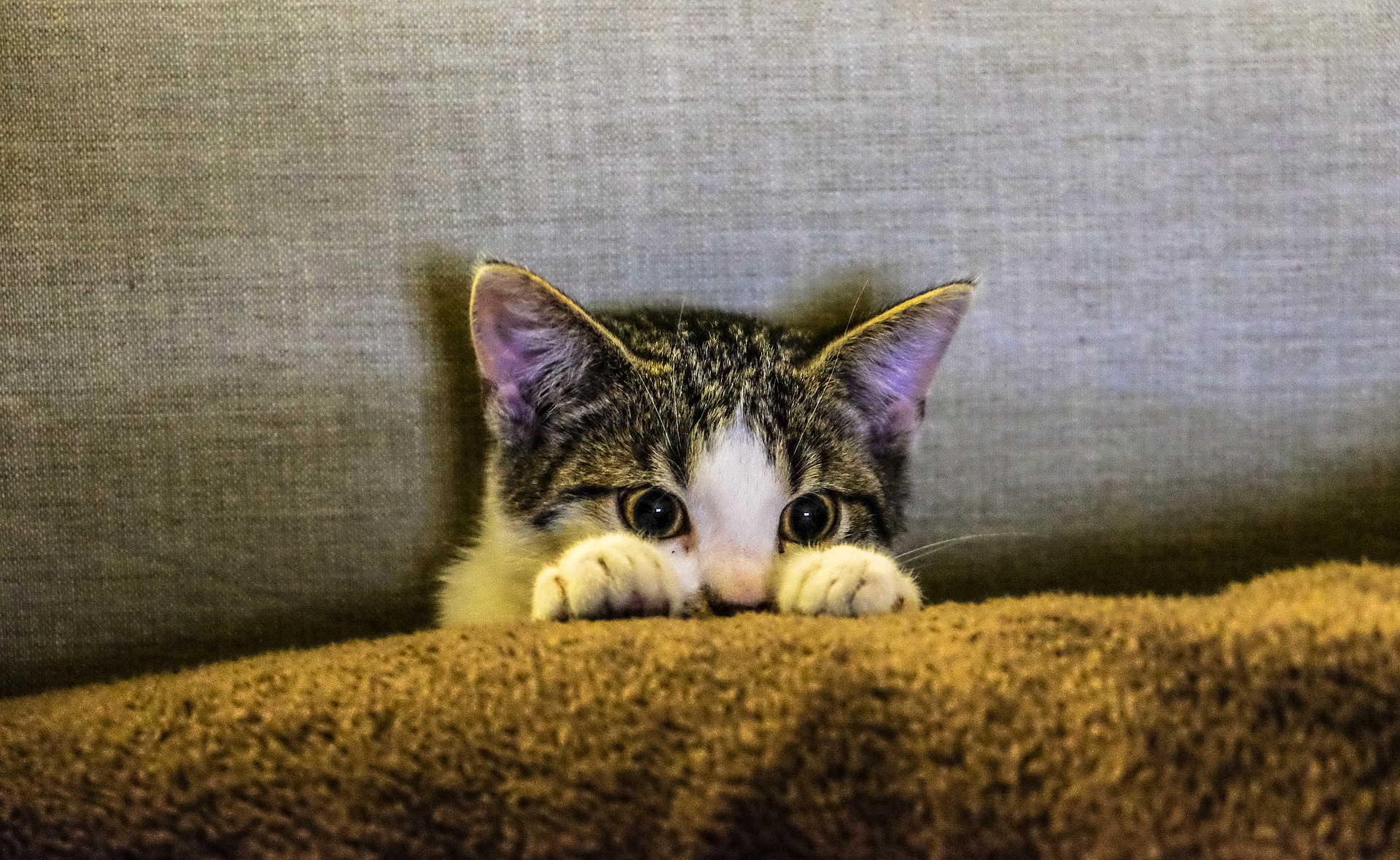I got the best gift this Christmas – a gift card for books. I love books! I love real books that have pages that crinkle and curl and I love online books that let me begin reading on my smart phone and then don’t lose my place as I switch to my iPad and then to my computer and then back to my phone. Ya, I read like that.
Buying books does not kill kittens
My first purchase was the hilarious and completely bang on Scott Stratten’s (of unmarketing fame) book – QR Codes Kill Kittens – How to Alienate Customers, Dishearten Employees, and Drive Your Business into the Ground. I won’t spoil the fun by delving too deeply into the content, Instead, here’s a video clip of Scott sharing a good chunk of what’s in the book while driving home the message that tech for tech’s sake is always a bad idea. By the way Scott writes just like he talks – meaning the book is funny, dynamic and impossible to put down.
How to use QR codes responsibly
What Scott doesn’t include in the book or the video clip is just how QR codes might be used, if you were so inclined. I have some ideas on that. Here’s my list of 10 a dozen TO DOs for creating QR codes that won’t harm any pets or humans for that matter.
1. Make sure the code is big enough and crisp enough to scan – test it on several phones using a variety of QR code readers.
2. Place the code in places that are safe and easy to scan – Nothing moving, nothing that would distract drivers and for pete sake not at ground level.
3. Watch for the density of the code – there should be white space. To get the least dense QR code use a URL shortener – see #8
4. Include a short link under the code so folks can just key in the URL – Some folks can enter a short link in their phone browser in seconds. Give them that option.
5. Make sure the code takes people to something worth going to – A mobile friendly landing page is a minimum.
6. Make sure that wherever the code links to, is perfectly suited to viewing on a phone – Again, test, test and retest.
7. Make sure the the code takes people to something worth going to (yes, I already said that, am saying it again. I may even repeat it again at the end.) – Really it should make them smile or save them money or make them think or get them to give you their contact information.
8. Set your QR code or codes up to be tracked. You need feedback or you’ll never know if that are worth your time. Simplest way to do this is to use Google URL shortner http://goo.gl/ It will generate a short link to any URL, generate a QR code and track the clicks all for free. Great way to test things out before investing time and dollars on other, more privacy enable, options.
9. If you are paying someone to create the landing page(s) or mobile site that your QR code will link to, make sure they are around to make changes to the site – This is a Murphy’s Law thing. As soon as your QR code gets published or printed on a kajillion things, that is when you’ll notice the landing page has the wrong “something”. Just like as soon as I post this, I’ll notice all the typos.
10. Make sure the the code takes people to something worth going to – Yup, I said it again.
11. Bonus tip 1 – Provide some directions for use.
12. Bonus tip 2 – Think about a custom QR code – try the plain ones first and then, if you like them and they bring you results, invest in a custom code with your logo embedded in it. My flat out fave custom QR code creation company is QRlicious. I’ve used them a few times and have always gotten a great product and excellent, personalize service.
How to use QR codes without killing kittens
First re-read the above, print it out, paste it to your wall in easy view. To get you thinking, here are a few places and ways I’d like to see QR codes used.
I would love to go to a restaurant and see a menu that had QR codes next to some of the more unique dishes. Wouldn’t it be awesome to have a QR code that linked to a video of the chef talking about the meal or even preparing some of it. The bonus is that this could really be life saver for those awkward blind date moments.
Also in restaurants, maybe right on the table, a QR code that went to a landing page that said simply “Follow us @ourtwittername and tweet out how we’re doing” or “Show your server you Liked us on Facebook and receive a complimentary dessert”. I like desert, I’d like you for a free desert.
In the grocery store there should be QR codes on everything. Give me recipes and how to’s.. especially for some of the unknown-to-me fruits and vegetables that I would probably buy and try if I could figure out what I was supposed to do with them.
On business cards but done really well. A code that went to a landing page that had new content on it every week would get me to keep the card. The longer I keep the card and handle the card, the more likely you are to get my business. I don’t know why businesses, especially realtors don’t do that.
Non-profits and community groups could use QR codes to tell their story. Again video is great or a landing page with a short story highlighting your mission and an invitation to Follow, Like, and sign up for more information. How about a QR code scavenger hunt around your town’s historical areas or a choose your own adventure hybrid QR code game. Want a great example – Check out how QR codes were used in New York’s Central Park. Amazing!
Maps. QR codes that link to maps of, oh, I don’t know, shelters, places to get a hot meal. Don’t kid yourself. I used to work street outreach and the vast majority of my clients were homeless but had smart phones and knew how to use them. Speaking of outreach, a QR code that offers a way to get text messages for emergency updates and alerts for street folks would be great.
The many, many ways to use QR codes are only restricted by imagination.
What will endanger kittens next /h3>
I think the next BIG thing that will be killing our furry, feline friends will be augmented reality apps like Layar. I love Layar, my business card is Layar enhanced, but like so many new tech toys I can see all kinds of really bad use examples cropping up.
Ok, your turn. What’s your QR code story?

